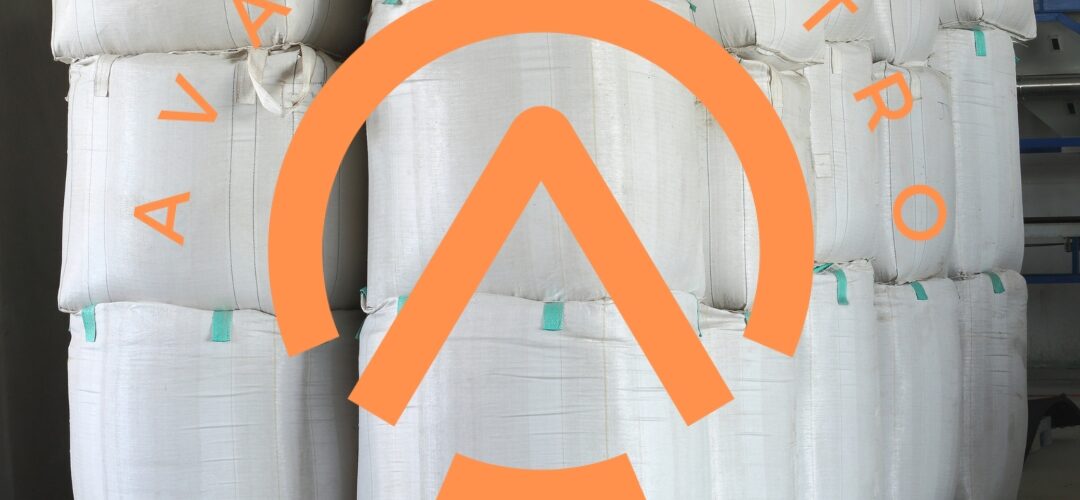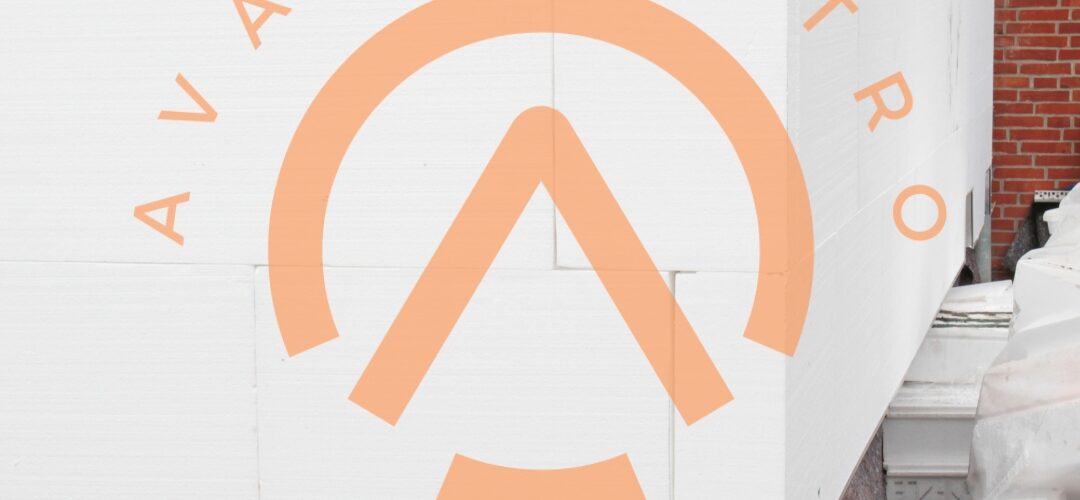The Importance of Dehumidification and Drying of Plastic in Industrial Processes
In the realm of industrial processes, the dehumidification and drying of plastic play a pivotal role in ensuring product quality, operational efficiency, and overall cost-effectiveness. Understanding the significance of these processes is imperative for companies aiming to optimize their manufacturing operations and maintain a competitive edge in the market.
Understanding Dehumidification
What is Dehumidification?
Dehumidification is the process of reducing the moisture content in the air, thereby creating a more controlled environment for various industrial applications. In the context of plastic manufacturing, it involves removing excess moisture from the air to prevent moisture-related defects in plastic products.
Importance of Dehumidification in Plastic Processing
The presence of moisture in the air during plastic processing can lead to several detrimental effects, including:
- Reduced Product Quality: Moisture can cause surface defects, bubbles, and inconsistencies in the finished plastic products, compromising their overall quality and performance.
- Increased Production Costs: Addressing issues caused by moisture-related defects can significantly increase production costs due to scrap, rework, and downtime.
- Operational Challenges: Moisture in the air can disrupt the processing parameters, leading to fluctuations in product dimensions, mechanical properties, and overall process stability.
The Role of Drying in Plastic Manufacturing
Understanding Drying Processes
Drying is the process of removing moisture from raw plastic materials before they undergo processing. It is essential for ensuring uniformity, consistency, and reliability in the manufacturing process.
Importance of Drying in Plastic Processing
Effective drying of plastic materials offers several benefits, including:
- Improved Product Quality: Drying prevents moisture-related defects such as voids, bubbles, and surface imperfections, resulting in higher-quality end products with enhanced aesthetics and performance characteristics.
- Enhanced Process Efficiency: By eliminating moisture from raw materials, drying facilitates smoother processing, reduces cycle times, and enhances overall operational efficiency.
- Cost Savings: Proper drying minimizes material waste, rework, and downtime, leading to significant cost savings over time and improving the overall profitability of the manufacturing process.
Implementing Effective Dehumidification and Drying Solutions
Choosing the Right Equipment
Selecting the appropriate dehumidification and drying equipment is crucial for achieving optimal results in plastic processing. Factors to consider include:
- Capacity and Throughput: The equipment should be capable of handling the required volume of air or material to meet production demands effectively.
- Energy Efficiency: Opt for energy-efficient systems to minimize operating costs and reduce environmental impact.
- Process Control: Look for equipment with advanced controls and monitoring capabilities to ensure precise regulation of humidity and temperature levels.
Best Practices for Implementation
To maximize the benefits of dehumidification and drying, consider the following best practices:
- Routine Maintenance: Regular inspection, cleaning, and maintenance of equipment are essential to ensure optimal performance and longevity.
- Process Optimization: Continuously monitor and adjust process parameters to achieve the desired results while minimizing waste and energy consumption.
- Employee Training: Provide comprehensive training to operators and maintenance personnel to ensure proper operation and troubleshooting of equipment.
Conclusion
In conclusion, the dehumidification and drying of plastic are critical aspects of industrial processes, with significant implications for product quality, operational efficiency, and cost-effectiveness. By understanding the importance of these processes and implementing effective solutions, companies can optimize their manufacturing operations and maintain a competitive edge in the market.
Written by Emir Narin



